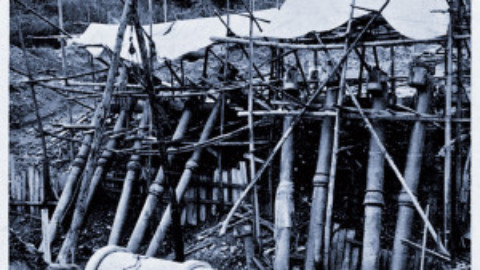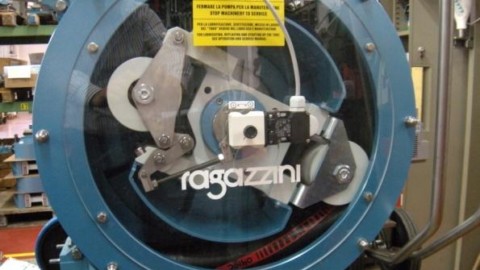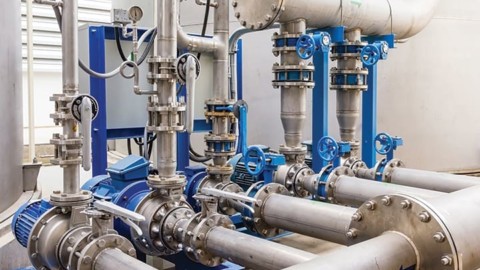During difficult financial times the pressure is always on reducing cost wherever possible. Elements of design, engineering and quality are often compromised in order to achieve cost savings. Whilst it is always important to be prudent and invest wisely, it is crucial that equipment and machine reliability are not overlooked as the short term cost savings will quickly be outweighed by the longer term cost of having equipment that does not perform and is in need of constant maintenance.
Imbalance of rotating components is one of the most common sources of machine faults in rotating assemblies, pumps and fans, and is a major cause of complete equipment failure. Equipment failures can have dramatic impact on a plant’s production and manufacturing commitments. This can be critical especially as up to half of electric motor breakdowns are caused by damaged bearings, due mostly to the vibration occurred by the rotors imbalance.
The upfront capital expense of an engineering project can be the principal driver with ongoing operational concerns coming a distant second. A recent example of this was a series of pumps supplied to a major infrastructure project in Victoria. The pumps were sourced from Europe and were not compliant with the specification in terms of the surface coating. The impellers showed early signs of deterioration even before the units were installed. The pumps had to be stripped down and refurbished and the impellers had to be re-balanced.
Industrial balancing and vibration analysis on rotating machinery enables the early detection of faults before breakdown, and assists commercial and industrial facilities reduce their maintenance costs and unscheduled downtime. Industrial balancing is often only a small part of any overall equipment or machine assembly procedure.
Another recent example was a two piece fan impeller which frequently needed rebalancing, it was only when we discovered that to fit the impeller to the fan the impeller had to be removed from the central hub (which had no specific locating devices such as a machined step and locating dowels) which of course renders the balance process useless. A subsequent design revision and updates to the fitting procedure resulted in ongoing reliability and a happy customer. It is critical not to consider various stages of equipment or machine assembly in isolation. It is very important that one person has a complete understanding of all aspects of the design and assembly.
Whether industrial balancing a pump impeller, fan or drive shaft; small or large, the process should be completed to a recognised international standard. This ensures balance quality and data consistency to ensure the item is correctly balanced within specified tolerances. The International Standards Organization (ISO) publishes several standards which are the global benchmark for industrial balancing. The main one of these standards is ISO 1940-1:2003 Mechanical vibration — Balance quality requirements for rotors in a constant (rigid) state.
Balancing can improve your pump and equipment reliability, and lengthen service life. Simply put products with unbalanced parts often have a shorter service life.
Precision Balancing has been offering in house and on site dynamic balancing and vibration analysis services since 1989 and have the equipment, skills and experience to satisfy your industrial balancing requirements. Precision Balancing strictly adhere to the requirements of the relevant ISO standard, and all jobs are tracked through our system and are issued with a certificate of compliance.

















